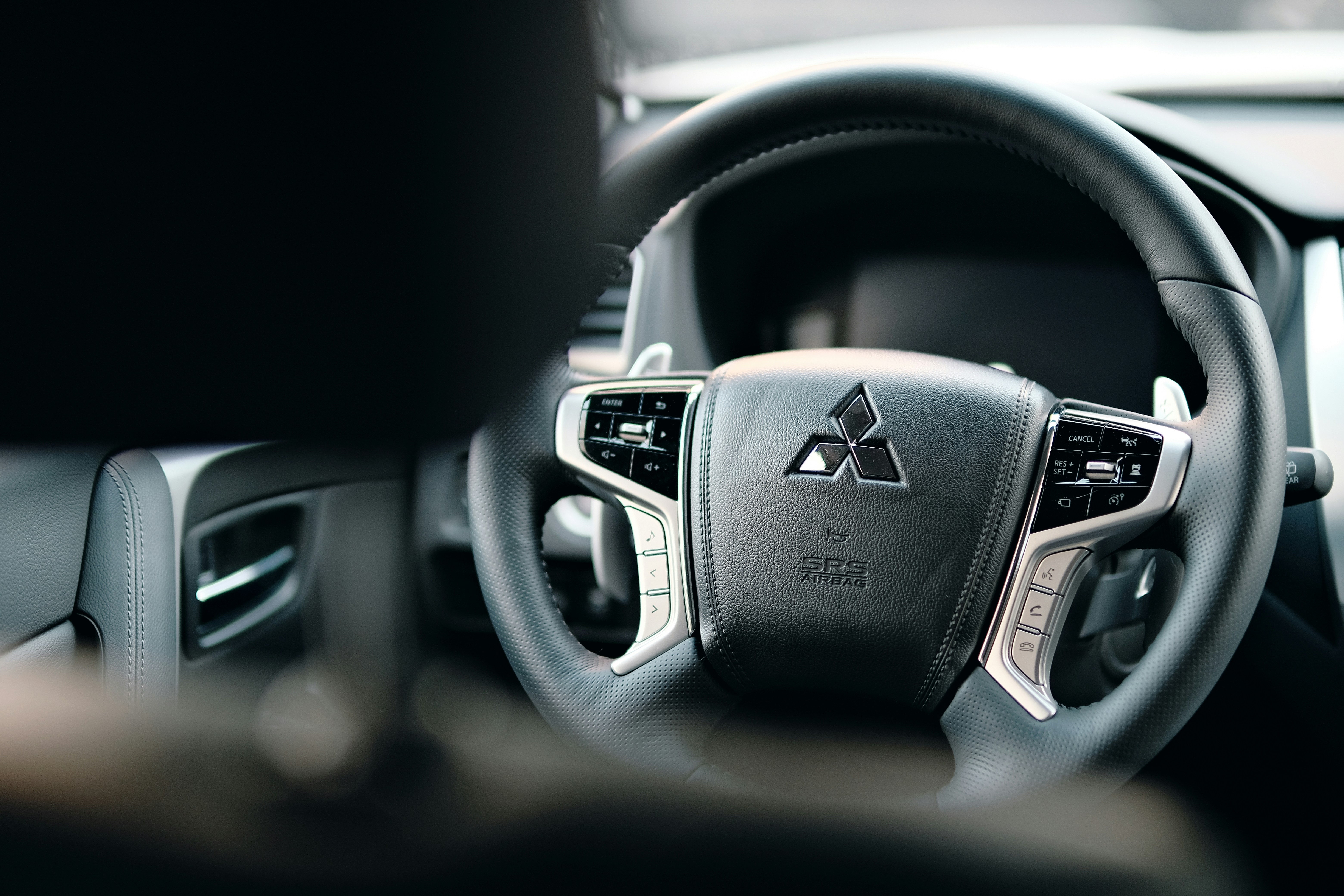The Hidden World of Automotive Olfactory Design
Imagine stepping into a brand-new car and inhaling that unmistakable scent. It's not just a random occurrence; it's a carefully crafted experience. The automotive industry has a secret weapon in its arsenal: olfactory design. This fascinating field combines chemistry, psychology, and marketing to create the perfect new car smell. But there's more to it than meets the nose. Let's dive into the aromatic world of automotive scent engineering.

Olfactory designers use a combination of natural and synthetic fragrances to achieve the desired effect. They must consider factors such as longevity, intensity, and how the scent will interact with other materials in the vehicle. The goal is to create a pleasant aroma that doesn’t overpower or irritate drivers and passengers.
Cultural Considerations in Automotive Scents
What smells appealing in one market may not translate well to another. Olfactory designers must take cultural preferences into account when developing scents for different regions. For example, Chinese consumers tend to prefer fresh, clean scents, while European buyers might appreciate more woody or leathery notes.
This cultural sensitivity extends beyond just the choice of fragrance. In some markets, a strong new car smell is seen as a sign of quality and luxury. In others, it might be perceived as overwhelming or even indicative of harmful chemicals. Automakers must strike a delicate balance to cater to diverse global markets while maintaining brand consistency.
Beyond the New Car Smell
While the new car scent is perhaps the most well-known application of olfactory design in the automotive industry, it’s far from the only one. Manufacturers are increasingly exploring ways to use scent to enhance the driving experience and even improve safety.
Some luxury car makers are experimenting with customizable scent systems that allow drivers to select from a range of fragrances. These can be tied to different driving modes or even to the vehicle’s navigation system, changing the scent based on the location or type of journey.
There’s also growing interest in using scent as a safety feature. Researchers are exploring how certain aromas might help keep drivers alert or reduce stress in high-traffic situations. While still in the early stages, this could represent a significant advancement in automotive safety technology.
The Environmental Impact of Automotive Scents
As the automotive industry moves towards more sustainable practices, olfactory designers are facing new challenges. Traditional new car scents often rely on VOCs that can be harmful to both human health and the environment. This has led to a push for more eco-friendly alternatives.
Some manufacturers are turning to natural, plant-based fragrances that offer a similar sensory experience without the environmental drawbacks. Others are focusing on reducing overall VOC emissions, creating a more neutral scent profile that still conveys quality and newness.
This shift towards greener scents aligns with broader trends in the automotive industry, such as the use of recycled materials and the development of low-emission vehicles. It represents a holistic approach to sustainability that considers not just the environmental impact of driving, but the entire sensory experience of owning and using a car.
The Future of Automotive Olfactory Design
As technology continues to advance, the possibilities for automotive olfactory design are expanding. One exciting area of development is the integration of scent systems with other vehicle technologies. Imagine a car that can detect when the driver is becoming drowsy and release an invigorating scent to help them stay alert.
Another potential application is the use of scent in brand storytelling. Just as visual and auditory cues are used to create a cohesive brand identity, scent could become an integral part of how automakers differentiate themselves in a crowded market.
There’s also growing interest in personalized scent experiences. With the rise of connected and autonomous vehicles, it’s not hard to imagine a future where your car recognizes you and adjusts its scent profile to your preferences automatically.
As we move towards an era of electric and autonomous vehicles, the role of scent in the automotive experience may become even more important. Without the familiar sounds and vibrations of a traditional combustion engine, scent could play a crucial role in creating a sense of comfort and familiarity for passengers.
The world of automotive olfactory design is a fascinating blend of art and science, playing a subtle but significant role in shaping our relationship with our vehicles. As the automotive industry continues to evolve, so too will the ways in which we engage with cars through our sense of smell. The next time you step into a new car, take a moment to appreciate the invisible work of the olfactory designers who crafted that perfect new car smell.





